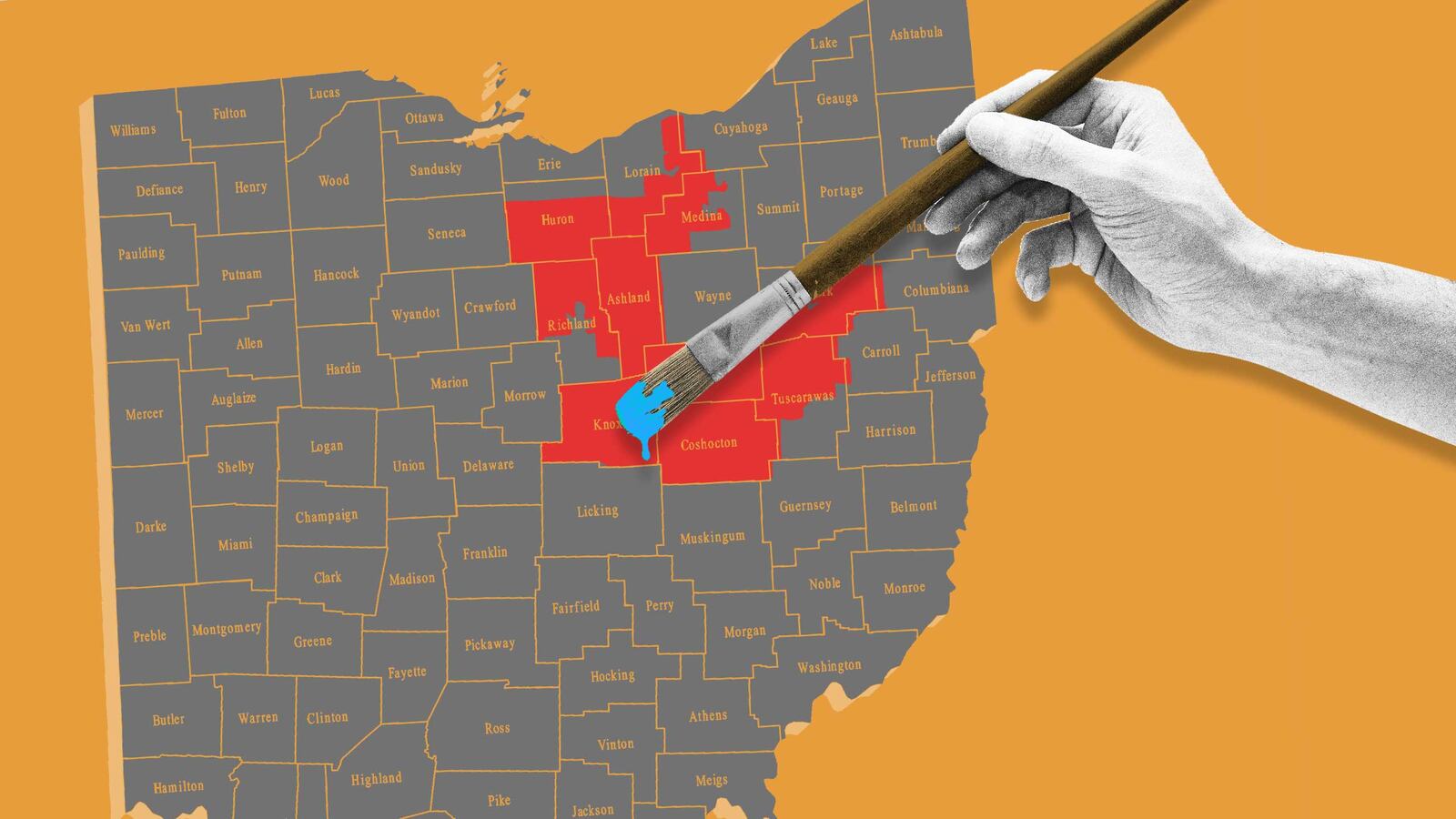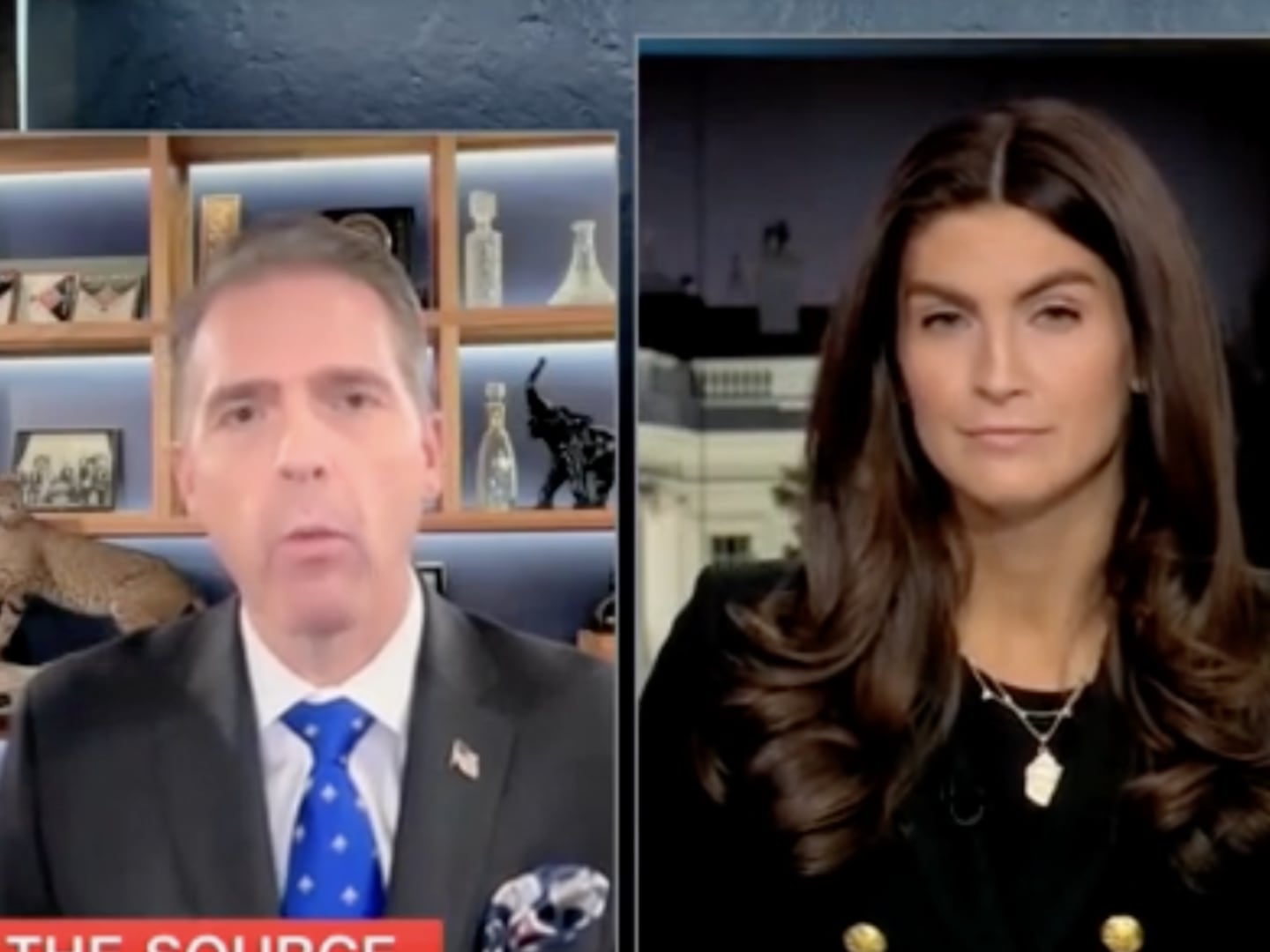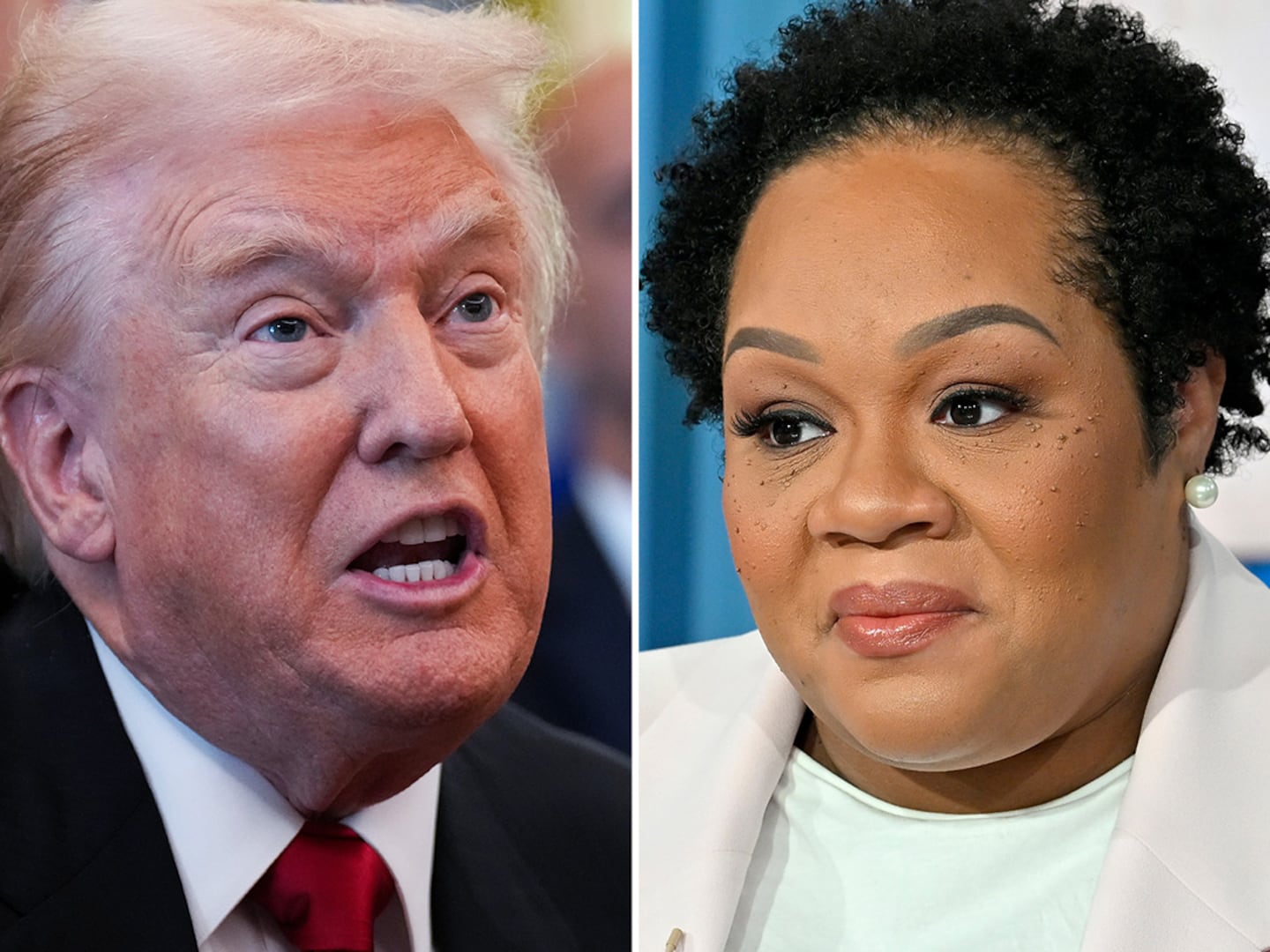There’s no celery in Celeryville, an Ohio town named after the crop but where farmers instead now grow soybeans, corn, and lettuce. Those crops have all been adversely affected by President Trump’s tariffs and they’re dependent on migrant labor, which means they’re taking a double hit from his policies.
We’ll know whether that matters when voters in the 7th congressional district of Ohio cast their ballots in the midterm election. Trump won the district that includes Celeryville by 30 points, so it was pretty audacious when former Navy pilot Ken Harbaugh phoned fellow veteran Seth Moulton the morning after the 2016 election to ask if it was a winnable fight for a Democrat.
That’s the wrong question, replied Moulton, a Massachusetts Democrat running for his third term in the House and who has recruited more than a dozen veterans to run for office this cycle. “He said the question is not whether it’s winnable, is it a worthy fight?” Harbaugh recalled in an interview earlier this summer with the Daily Beast.
The former president of Team Rubicon Global, a disaster relief organization that relies on veterans, Harbaugh was drawn to the political arena in part by the health challenges of his special needs daughter who required four surgeries before she was four years old.
He was between jobs when she was born and when the first surgery was scheduled, he and his wife had no way to pay for it. “Before the bills came due, I got lucky, I got a job, but it was a roll of the dice, and it shouldn’t be in the richest country in the world.”
Health care is now the most googled issue by voters in Ohio, according to a Cleveland Plain Dealer survey, and Harbaugh can directly relate to their concerns. His wife was born and raised in Ohio, his three children are fifth generation Ohioans, he knows the people in the district, and even though they voted overwhelmingly for Trump, he thinks he has a good chance to win.
The Democratic Congressional Campaign Committee (DCCC) agrees, adding the 7th district in Ohio to their list of 35 “red to blue” winnable House districts. Even though Trump won the district by 30 points, Democratic Senator Sherrod Brown carried the district handily, and President Obama got 48 percent when he was on the ballot.
“The challenge for us is to figure out how a district that almost elected Obama and supported Sherrod Brown could then swing that wildly for Trump,” Harbaugh says. “I know the answer in my gut—my parents voted for Trump. It was not a vote for Trump, it was a rejection of politics writ large, a middle finger to the establishment.”
Independents (160,000) outnumber Democrats (109,000) and Republicans (140,000) in the district. Harbaugh’s challenge is getting enough of those independents. Volunteers have knocked on 40,000 doors so far. The campaign runs door-knocking training sessions, basically just urging volunteers to listen to what voters have to say. Most voters are amazed somebody is asking them what they think.
Republican Bob Gibbs, seeking his fifth term, was president of the Ohio Farm Bureau before he went into politics and has never faced serious opposition. In 2016, he won reelection easily, outspending his Democratic challenger 100 to 1. In 2014, Democrats didn’t even field a candidate.
This cycle is different. Harbaugh is getting sizeable crowds at the town hall meetings he holds—more than a hundred since he announced. “They’re desperate for somebody to show up,” he says.
Gibbs has held only one such open event since he was reelected in 2016. He favors tele-town halls where he sits in front of a monitor taking questions that are likely pre-screened. Supported by agricultural interests with a stake in the district and beyond, Gibbs serves on the House Agriculture Committee and is a reliable vote for his corporate backers on key legislation like the farm bill, which sets new standards and price supports every five years.
Gibbs has so far refused to debate Harbaugh, which has provoked grassroots protests.
A graduate of Duke University and Yale Law School, Harbaugh is following the Conor Lamb playbook, reflecting his district in respecting gun rights and distancing himself from Washington Democrats by pledging not to support Nancy Pelosi for speaker should the Democrats win the majority in the House.
“It’s not personal,” says Harbaugh. “I think about what leadership meant to me in the Navy, and it meant accountability. If the ship runs aground, you hold the captain accountable whether it happens on the bridge or in the engine room.”
Harbaugh, who is 44, was the first in an initial group of 19 veterans endorsed by Moulton. Conor Lamb was the first in the group to put a win on the board when he pulled off an upset victory in a special election in March in a Pennsylvania district that Trump had carried by 20 points. Lamb called Harbaugh afterwards telling him, “The torch is yours. Go win in Ohio.”
The two districts are nearly identical, says Harbaugh, who like Lamb is not running against Trump. He’s running against a Republican incumbent who’s been mostly absent in the district, and a GOP Congress that nobody likes. He thinks voters can differentiate between their support for Trump and their disdain for a GOP-controlled Congress. “There’s no love lost for this Republican Congress, and voters can hold both thoughts,” he says.






